Mango Curd
Mango Curd is a delicious and easy-to-make dessert that is perfect for any occasion. With its rich, velvety texture and sweet, tangy flavor, it’s sure to be a hit with anyone who tries it.
This recipe doesn’t involve a double boiler, and there’s a special trick to make it not taste eggy!
You can use this Mango Curd to fill cakes, cupcakes, cookies, and the center of macarons.
This post may contain affiliate links. I earn a commission from qualified purchases. Please read our Privacy policy here.
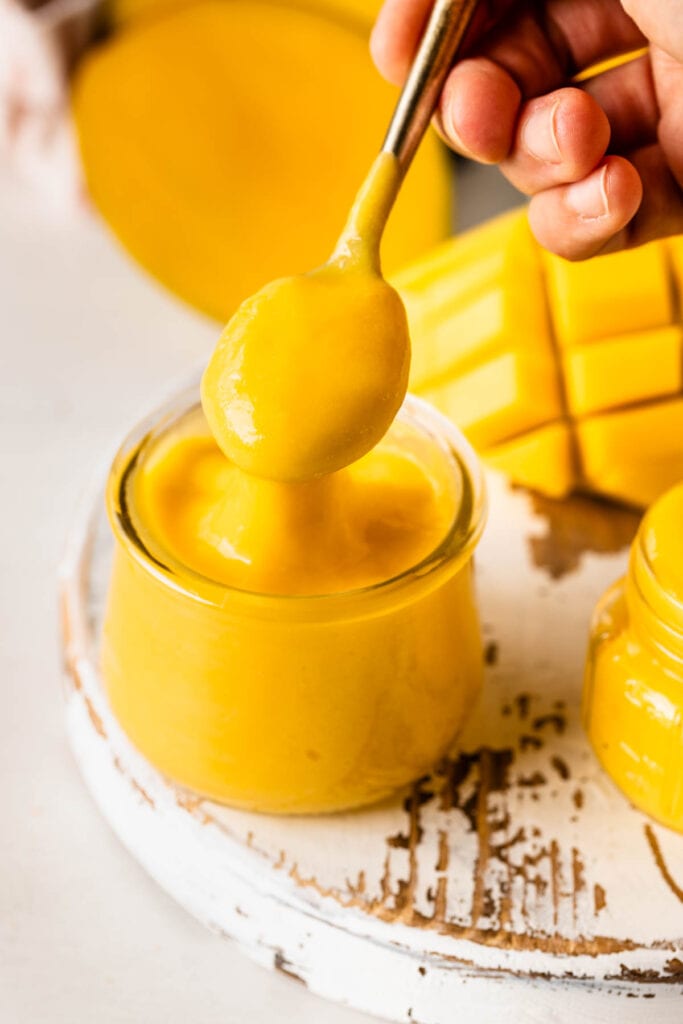
Ingredients to make curd
- Butter: unsalted, room temperature butter.
- Sugar: granulated sugar, golden sugar both work great.
- Eggs or egg yolks: some recipes require whole eggs, and some egg yolks. The yolk curd is usually richer in taste and thicker in texture.
- Mango pulp: made from ripe fresh mangoes, but you can also use frozen mangoes, or store-bought pulp.
- Lemon juice: adding lemon juice to the curd will help accentuate the tangy taste, and will bring out the bright mango flavor.
How to make Mango Curd
To make Mango Curd, start by making the mango puree. Use ripe mangoes and puree them in a small blender or food processor.
You can also use frozen mango, or mango pulp from the store.
Mango pulp can easily be found in the frozen food aisle at the grocery store.
The next step is to beat the butter with the sugar and egg yolks.
The reason why we beat the eggs with the butter and sugar before cooking, is because that helps speed up the denaturation process of the eggs, which will prevent the curd from having an eggy taste, it will prevent the eggs in the mixture from becoming scrambled eggs.
This method also allows for the curd to be cooked without having to use a double boiler, and way faster. A lot of other methods just put everything in the pan together, but whenever I try those methods, I find that eggy aftertaste of the curd to be unpleasant, which is why I vouch for this method.
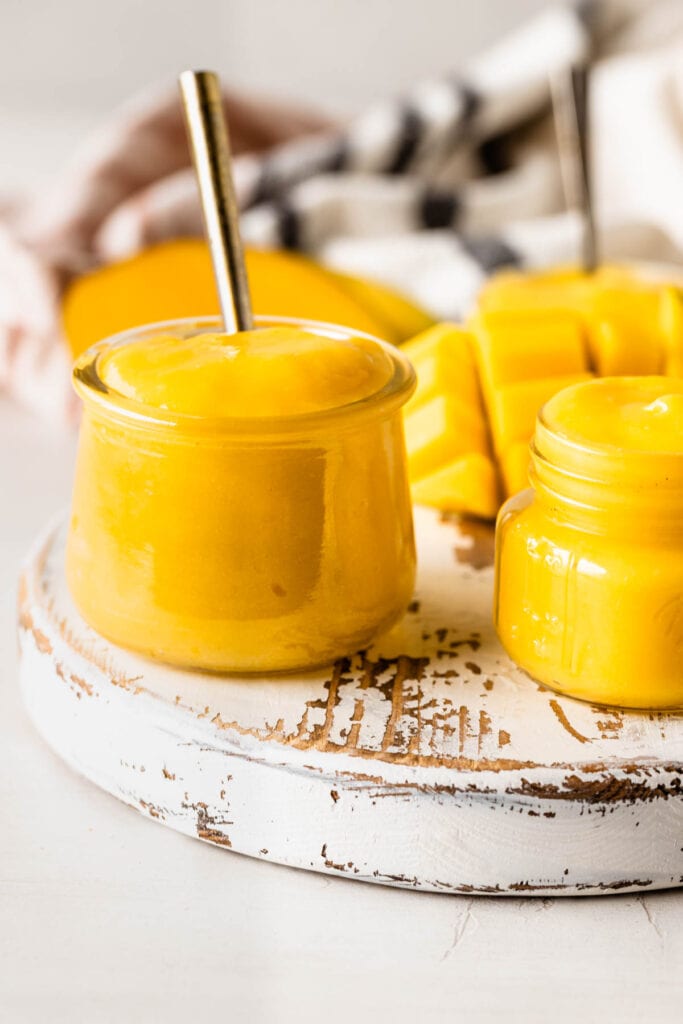
Add the mango pulp and lemon juice to the bowl along with the butter, yolks, and sugar. After beating all the ingredients together, place them all in a small saucepan and cook at medium-low heat, stirring non-stop, until the curd reaches 170ºF.
It’s important to use a pan with a heavy bottom, and cook on medium-low heat.
Stay away from aluminum pans, they will react with the acid in the curd and give a metallic taste.
Remove the curd to a bowl and let it chill in the fridge for a few hours before serving.
You can use a sieve to strain the curd before removing it to the bowl, in case any bits of egg got cooked.
Place some plastic wrap directly on the surface of the curd to prevent it from forming a skin as it chills in the fridge.
Store the curd in a jar, or in a glass container in the fridge for up to 2 weeks. You can also store it in the freezer for up to 1 month.
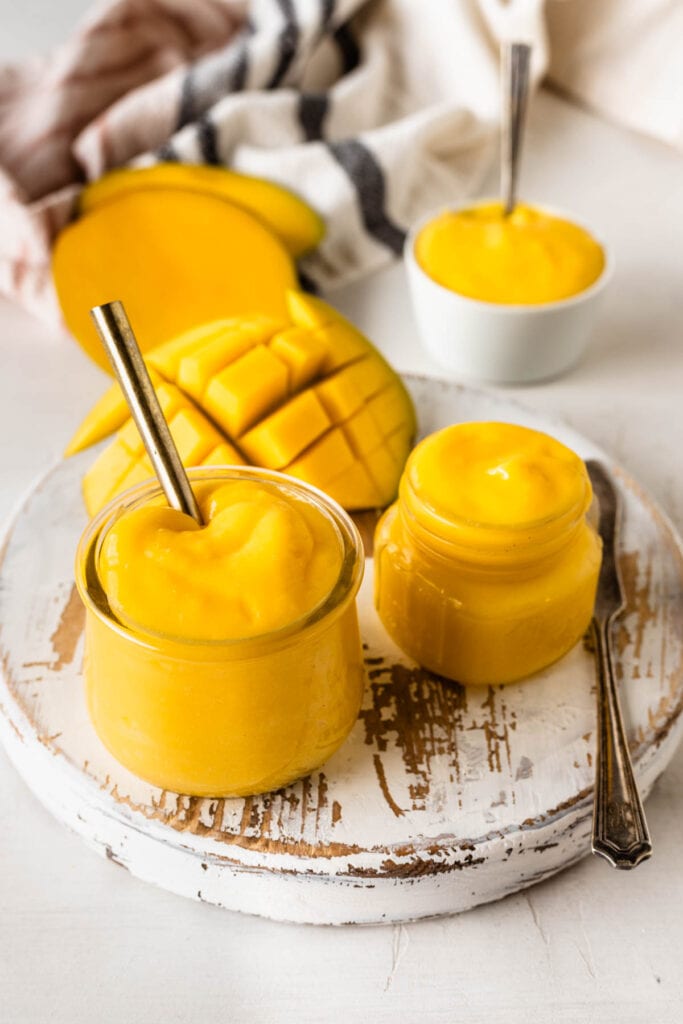
Tips for making Mango Curd
- Make sure to use ripe mangoes for the puree. They should be soft and fragrant.
- If you don’t have a blender or food processor, you can also use a fork or a potato masher to mash the mangoes.
- You can also add some lime zest or juice to the mixture for a more tangy flavor.
- If you want the mango curd to be smoother, you can strain it through a fine mesh sieve before refrigerating it.
- This recipe can be easily doubled or tripled if you need to make a larger batch.
- Use a pan with a heavy bottom to cook the curd, and use medium-low heat.
What to use fruit curd for
You can use Mango Curd to fill cakes, cupcakes, cookies, or macarons.
Otherwise, you can always swirl it in some yogurt, or top pancakes with the curd. You can mix it with no-bake cheesecake batter and turn into a delicious pie!
Essentially, you can substitute mango curd in any recipe that calls for lemon curd for example. Or even passionfruit curd.
Check out some of these recipes:
- Mango Raspberry Macarons
- Passionfruit Linzer Cookies
- Easter Lemon Pavlovas (substitute the lemon curd in this recipe for Mango Curd instead, and you will have delicious Mango Pavlovas)
- Lemon Poppy Seed Cookies
- Passionfruit Tart
- Mascarpone Puff Pastry (use the mango curd to top these delicious pastries instead of the lemon curd)
More Curd recipes:
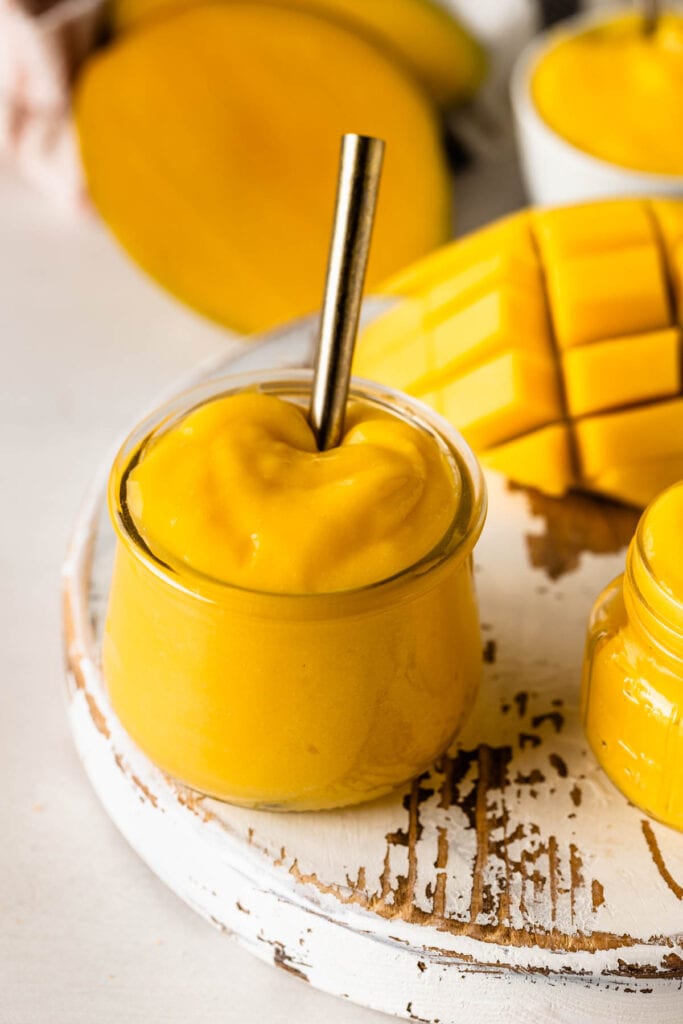
In conclusion, mango curd is a delicious and versatile dessert that can be enjoyed in many different ways. Whether you’re using it as a topping for desserts or eating it on its own with a spoon, it’s sure to be a crowd-pleaser. So next time you’re in the mood for something sweet and tangy, give this mango curd recipe a try!
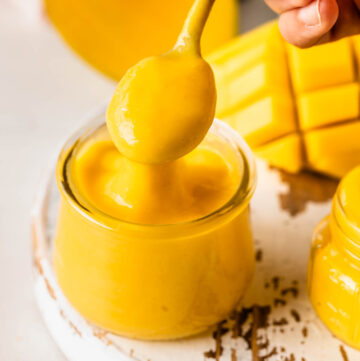
Mango Curd
Ingredients
- 6 tbsp unsalted butter at room temperature 84 grams
- 2/3 cup granulated sugar 133 grams
- 4 large egg yolks
- 1/2 cup mango pulp 124 grams
- 2 tbsp lemon juice
Instructions
Mango Curd
- To obtain mango pulp, simply puree the mango in a food processor or blender cup.
- Beat the butter with an electric mixer for about 30 seconds at medium speed.
- Add the sugar to the butter and beat for another minute.
- Add the yolks, one at a time, beating until incorporated before adding the next one.
- Add the mango pulp and lemon juice to the bowl and mix. Mixture will seem curdled and separated, and that’s ok.
- Transfer it to a small saucepan.
- Start cooking over low heat, stirring non-stop with a spatula.
- Keep cooking for 5-10 minutes. Don’t let the mixture boil, and don’t stop stirring.
- The curd should be thick, coating the back of a spoon, and a thermometer should indicate 170ºF.
- Depending on how high or low the heat is, the time will vary. I suggest keeping at low, or medium-low heat. You don’t want the curd to come to a boil, and you don’t want the mixture to stick to the bottom of the pan, which will easily happen if the heat is too high, or if you stop stirring.
- Once the curd is ready, pour it into a heat-proof bowl, and let it cool down.
- Place it in the fridge for at least 6 hours to chill through and get thick.


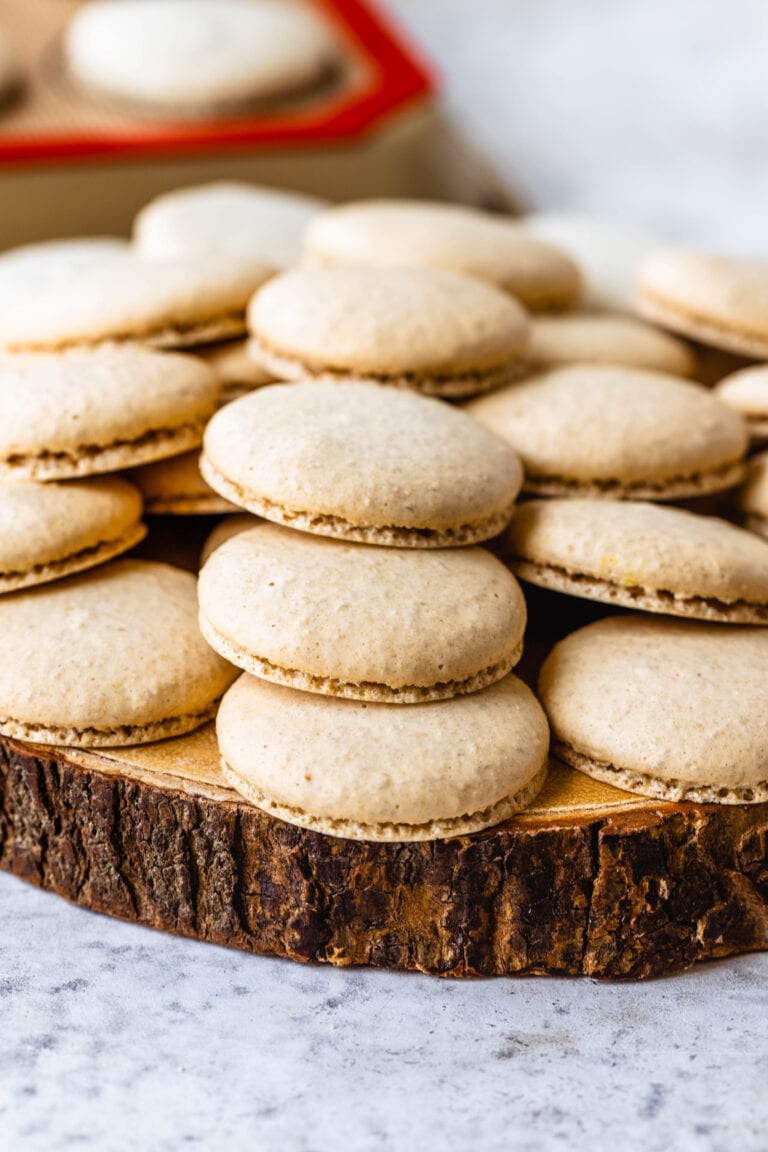
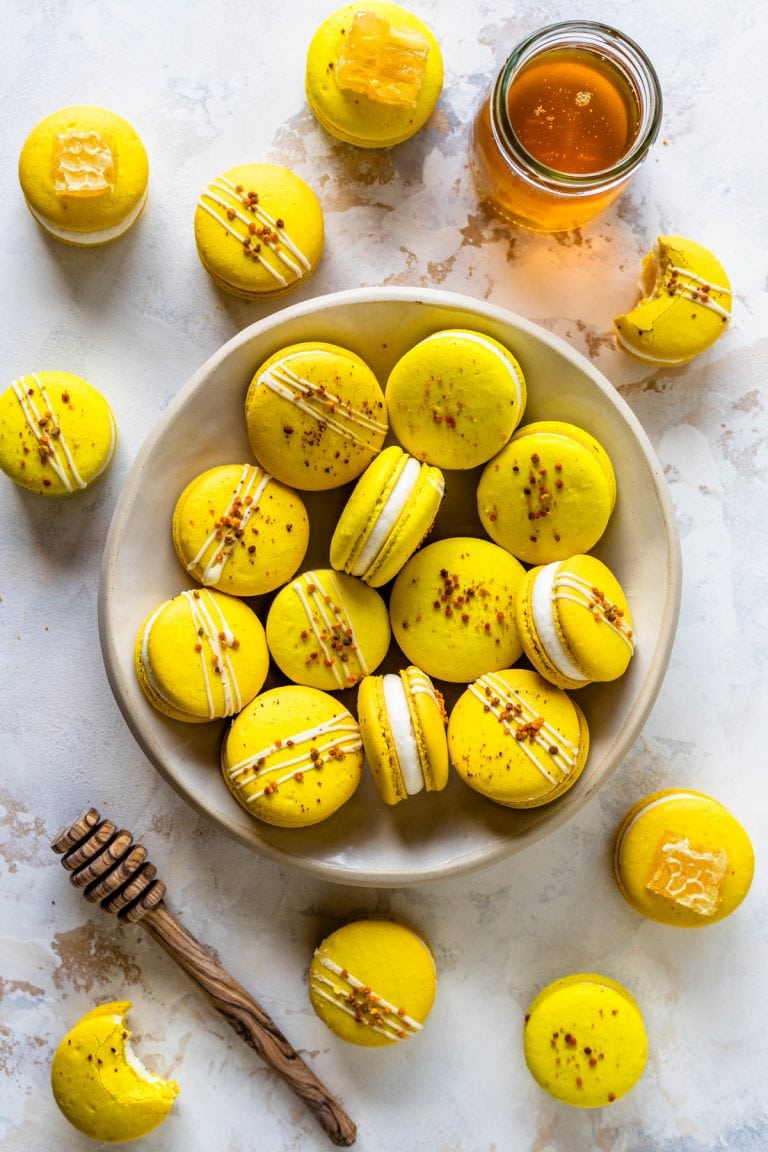
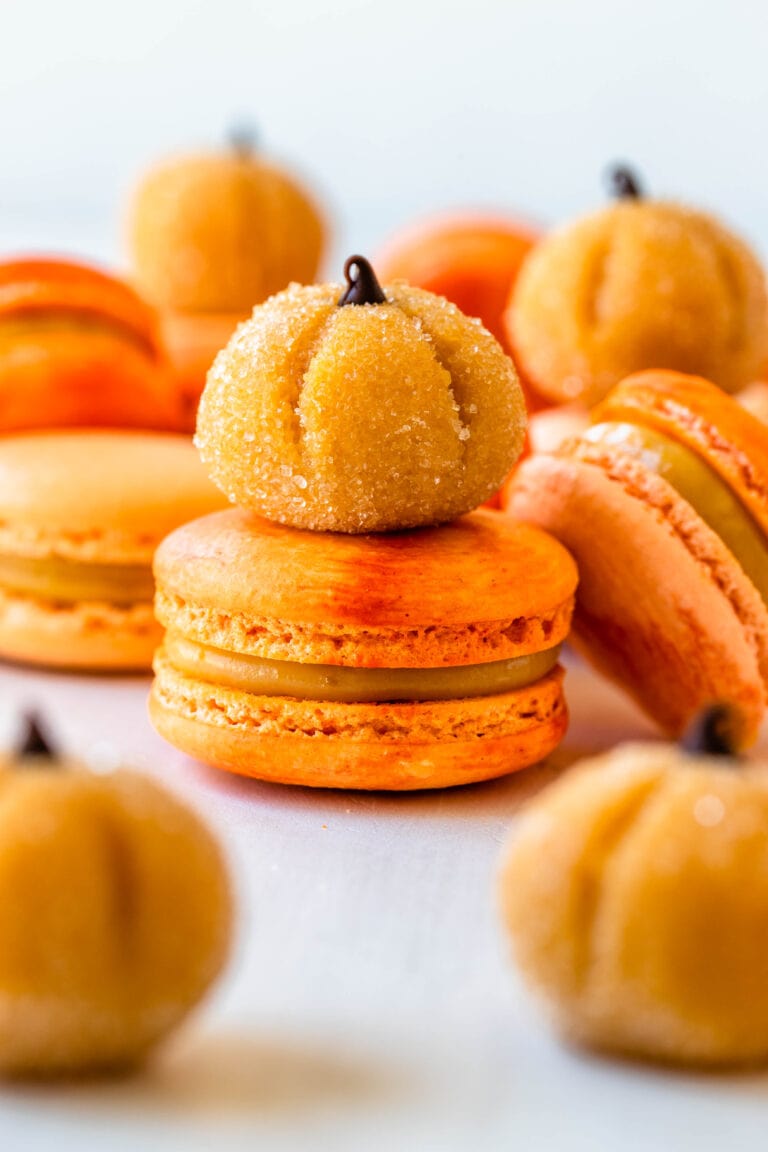
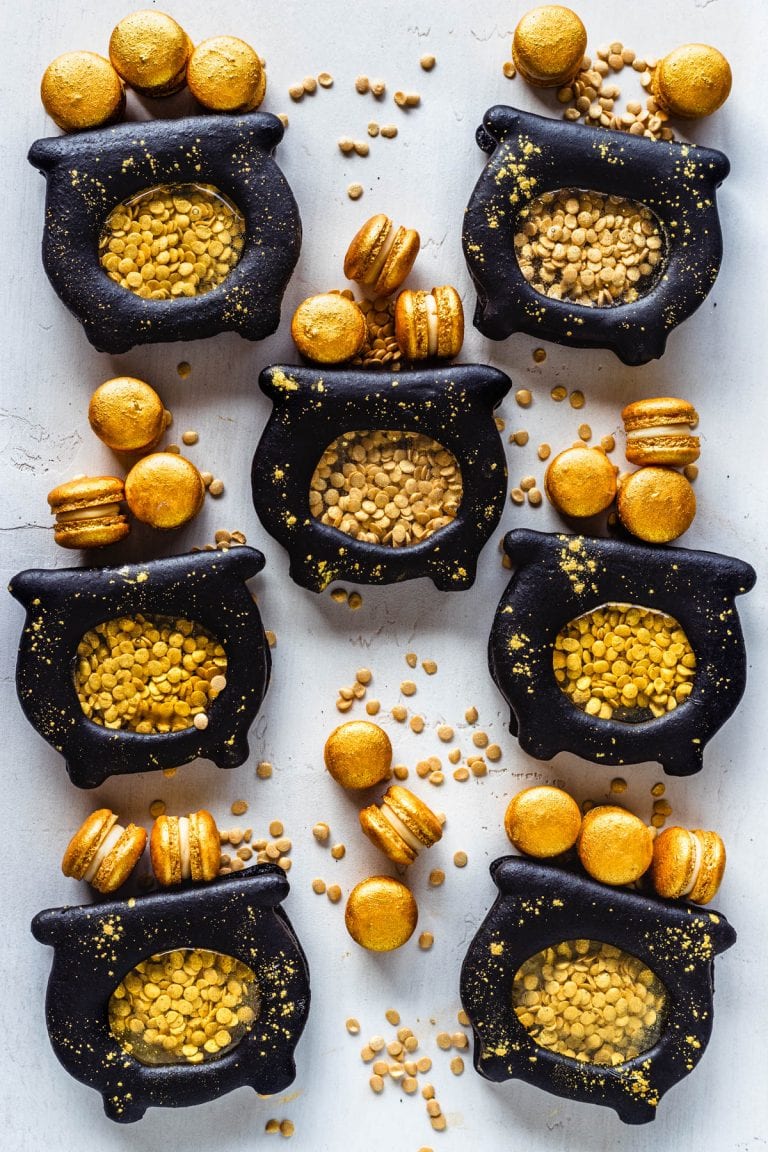
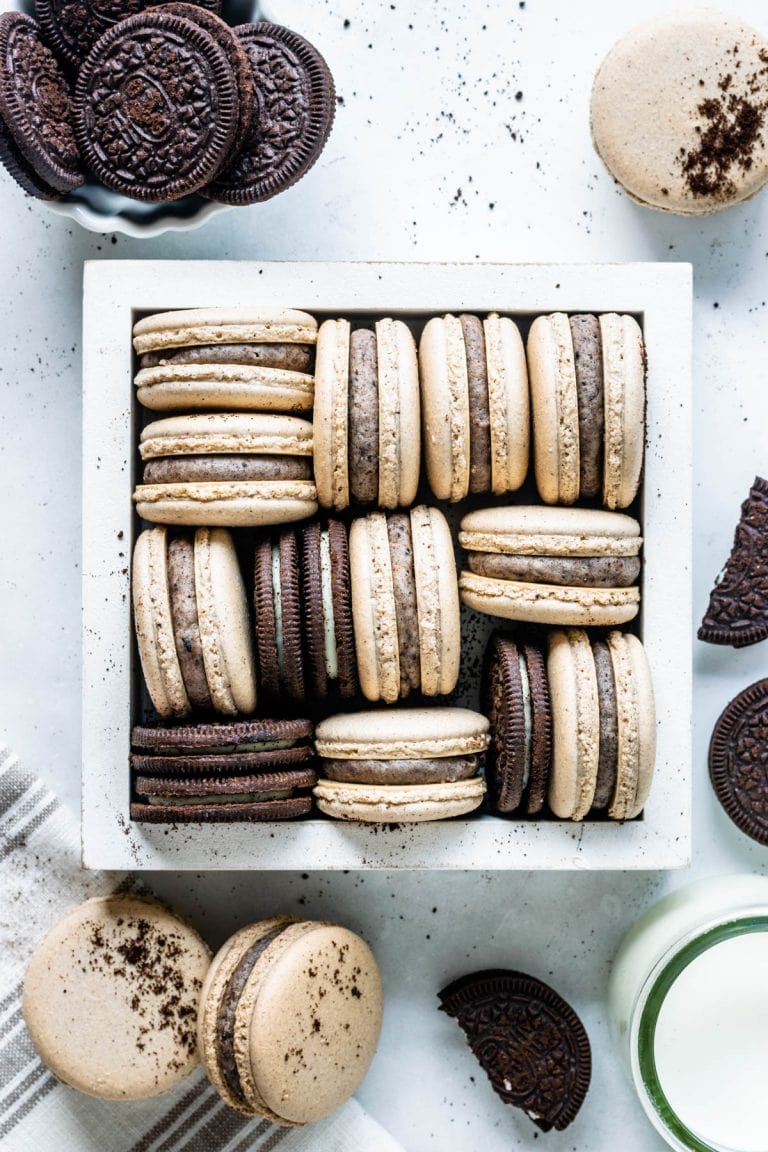
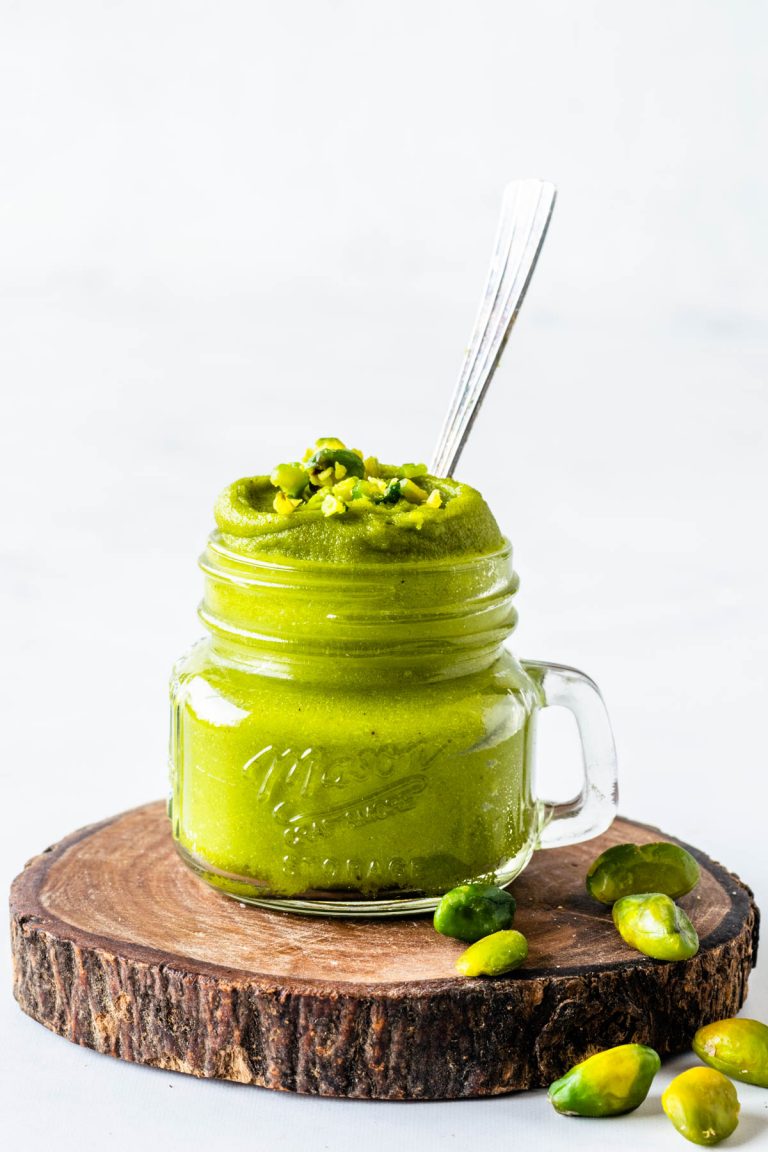
I made this curd recipe and really did not like. Followed all instructions and it came out very eggy and I had tripled the recipe and at med low took over 45 mins to get temp up to 170 deg.
It took so long because you tripled the recipe, and it tasted eggy because you tripled the recipe. I really don’t recommend tripling a curd recipe, because in the process of doing that, it messes up the cooking time. Here are the reasons why:
1- Heat Distribution: When cooking a larger batch, the heat takes longer to evenly distribute throughout the mixture. This can lead to uneven cooking, with some parts of the curd getting hotter than others, potentially causing the eggs in those areas to overcook.
2- Longer Cooking Time: A larger volume of curd takes longer to thicken, which means the eggs are exposed to heat for a longer period. This increases the chance of overcooking, particularly if you’re not stirring constantly or managing the heat carefully.
3- Difficulty in Temperature Control: With more curd in the pan, it’s harder to control the temperature precisely. If the heat is too high or inconsistent, the eggs are more likely to curdle or scramble, resulting in that eggy taste.
Please don’t triple this recipe or other curd recipes again. it’s best to cook in batches.
Hi Camila,
I made your mango curd recipe today and it came out great, I love the technique you use,perfectly written recipe as well! I don’t know how I’ll use it yet but….😀
Sounds wonderful!!! Ohhh maybe cupcakes or a tart? or use to fill baked puff pastry? yummmm so many great options!!!